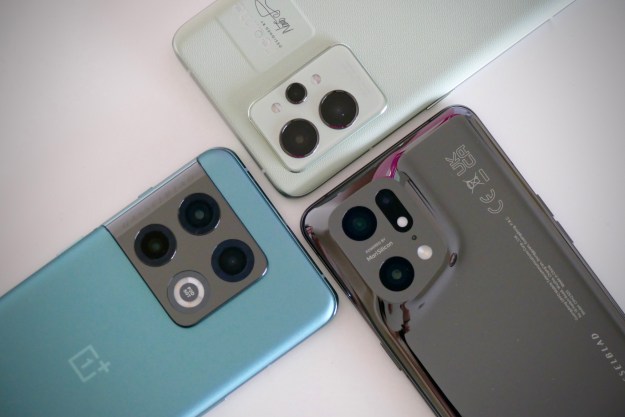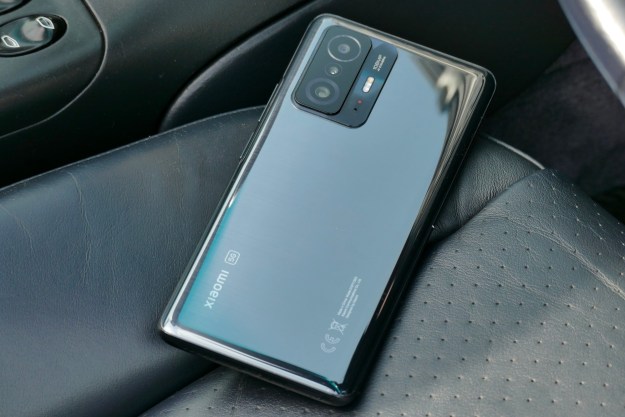Realme may be better known for midrange and budget devices, but it has been teasing the launch of its first premium smartphone, the Realme GT 2 Pro, for a few weeks now. The Realme GT 2 series will be launching on January 4. As per the company, its new flagship phone will have three “world’s first innovations” in the smartphone industry, including design, camera, and communication features.
According to the invite, the Realme GT 2 series will be announced in China on January 4 at 11:30 am CST. However, there is no information on when the devices will arrive in other parts of the world.
I've got some exciting news. GT 2 Pro, our first-ever premium flagship phone, will be unveiled in Mainland China on Jan 4. #realmeGT2Pro pic.twitter.com/rRNieJBIE9
— Sky Li (@skyli_realme) December 22, 2021
What’s under the hood?
As for specs, we know some of them. The Realme GT 2 Pro is expected to feature a 6.7-inch AMOLED display and offer a Quad HD+ resolution with a 120Hz refresh rate. It will be powered by the Snapdragon 8 Gen 1 SoC, paired with up to 12GB of RAM and 1TB of storage.
The device is said to sport a triple rear camera setup with two 50-megapixel lenses and a third telephoto camera. On the front, you could get a 32MP selfie shooter. The Realme GT 2 Pro will have a new ultra-wide-angle sensor with a 150-degree field of view (FoV). The company will also introduce a fisheye mode that is claimed to make photographs more appealing with its “ultra-long depth of field effect.” Furthermore, the Realme GT 2 Pro will also get a Wi-Fi enhancer and 360-degree NFC support.
Meanwhile, the base Realme GT 2 is likely to have a different design language. It could come equipped with a 6.62-inch AMOLED display and Full HD+ resolution alongside a 120Hz refresh rate. It could also have 50MP, 8MP, and 2MP rear cameras and both smartphones are likely to have support for 65W fast charging.
Editors' Recommendations
- I finally found a reason to love USB-C on the iPhone 15
- What is vapor cooling? The fascinating tech keeping your smartphone cool
- Realme’s Naruto special-edition phone is absolutely glorious
- Poco’s F4 GT gaming phone has magnetic pop-up triggers
- Realme is the new OnePlus, and the GT 2 Pro’s prowess proves it




